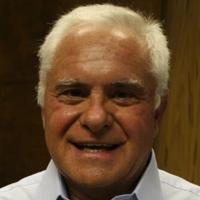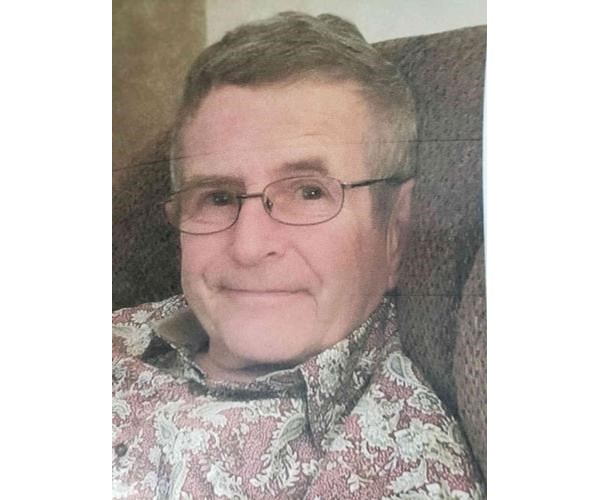Vantage Level: Water bubbles and froths

Almost a quarter-century ago, when I moved to St. Helena, people commented to me on the poor quality of our drinking water. I was advised to only drink bottled or highly filtered water. Coming from the east, all this was a surprise to me.
Mark G. Epstein
New York City proudly boasts, “New York City drinking water is world-renowned for its quality,” and it has in fact won international prizes. The Washington, D.C., water department claims that “Our mission is to exceed expectations by providing high-quality water services … ” And the Philadelphia water agency signifies that “we drink the water we deliver to our customers.”
“Water is the fuel of California,” observed the San Francisco Chronicle recently in a major report. (Their conclusion: Big snows are great but climate change is a real threat.) We can’t run our economy without it.
Bay Area scientist Peter Gleick, a MacArthur “genius” award recipient, reminds us that in California, “80% of water we use goes for growing food.” And, of course, food includes wine.
People are also reading…
Thus, the water we drink is a small portion of our state’s water concerns, but obviously big in our daily lives. There are three factors to consider here: quantity, cost and quality.
Thanks to last season’s rains, our local reservoirs are in decent shape. But a new drought emergency could happen any year. It’s probably reasonable to state that most of us are aware of our water use. We know that showers use less water than baths and that we shouldn’t leave the tap running. Most significantly, there’s an increasing focus here on installing drought-tolerant plants and reducing grass lawns.
The cost of our water bubbled to the surface of popular awareness quite a few years back, when the city, in a brilliant bureaucratic move, changed from semi-monthly to monthly billing. Why was this cagey? Because the amount of the bills stayed pretty much the same. In other words, the cost to residents doubled. More recently, we switched back to semi-monthly billing. And now this autumn, our water rates have gone up 28%, plus wastewater rates are jumping 50%.
Yet, even with these new rates, as the Star recently editorialized, “due to deferred maintenance St. Helena remains susceptible to unforeseen water-related problems that can strain the city’s financial resources.” This summer’s water clarity debacle will cost more than $1 million to repair beyond simply flushing the system. The city tells us, “These fixes were not anticipated nor budgeted for.” At least we have clarity on that.
I have suggested several times that the city appoint a Water Quality Officer from current staff. It has never been done. That would have signaled that we take quality seriously. The absence of an emphasis on water quality led to this year’s panoply of photos on social media showing bathtubs filled with brown water.
Now, the city has been slapped upside the face, pointedly requesting that we “continue to report water quality issues as this real time information is critical to our weekly assessment/strategy … ” This recognition is a small but needed step in the direction of boosting water quality.
Whether it’s policy choices or engineering projects, there are no quick fixes to the problem of securing copious amounts of clear water in future years. In Napa, we have 14 different water agencies. Three years ago, according to the Register, a commission “suggested they form some type of county water agency or district to work better together.” That makes sense, as a “regional approach for water delivery” could lead to “more efficient use of water, elimination of redundancy among smaller systems and better economies of scale,” according to a local government specialist.
A half-century ago the movie “Chinatown” vividly showed that controlling water can lead to corruption, power plays, and the accumulation of dead bodies. We’re not in danger of anything so dramatic happening here. But we have drama enough, opening our water bills and running our faucets.
Mark G. Epstein moved to St. Helena from the East Coast early this century after a career in international business.
Catch the latest in Opinion
Get opinion pieces, letters and editorials sent directly to your inbox weekly!





